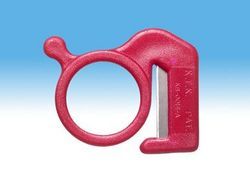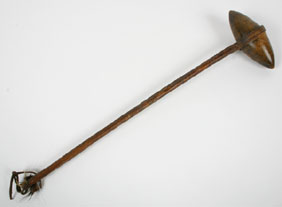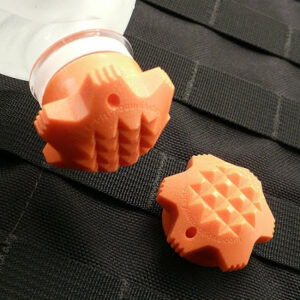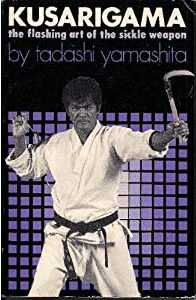Are you tired of always getting trapped in the bathroom by the psycho-killer?

Learn from Hanzo the Razor and install a bathroom weapons cabinet.










 On a more practical level, a sword could be worn on the belt or mounted on the saddle and rapidly drawn, making them useful back-up weapons. For many knights the sword was not their first choice of melee weapon, however. Widespread use of armour often required something harder hitting. One such weapon was the war-hammer. Long handled hammers were used for foot combat both on the battlefield and in the tournament. The hammer was also well suited to mounted warfare, with the “horseman’s hammer” constituting a whole sub-class of weapon. Since it concentrates its force a hammer hits harder than a sword but can use a lighter head than an axe or mace. This allows the use of a longer haft, giving the horseman more reach. Many hammers were equipped with a backspike, beak or pick, increasing versatility. A blow with the point could penetrate armour, but did have the risk of the pick becoming stuck. A blow with the hammer poll had less risk of sticking but might still buckle the armour and damage the body beneath, or just knock the enemy from his saddle. Doubtless the pick/ backspike could be used to hook and pull an enemy on occasion.
On a more practical level, a sword could be worn on the belt or mounted on the saddle and rapidly drawn, making them useful back-up weapons. For many knights the sword was not their first choice of melee weapon, however. Widespread use of armour often required something harder hitting. One such weapon was the war-hammer. Long handled hammers were used for foot combat both on the battlefield and in the tournament. The hammer was also well suited to mounted warfare, with the “horseman’s hammer” constituting a whole sub-class of weapon. Since it concentrates its force a hammer hits harder than a sword but can use a lighter head than an axe or mace. This allows the use of a longer haft, giving the horseman more reach. Many hammers were equipped with a backspike, beak or pick, increasing versatility. A blow with the point could penetrate armour, but did have the risk of the pick becoming stuck. A blow with the hammer poll had less risk of sticking but might still buckle the armour and damage the body beneath, or just knock the enemy from his saddle. Doubtless the pick/ backspike could be used to hook and pull an enemy on occasion.






